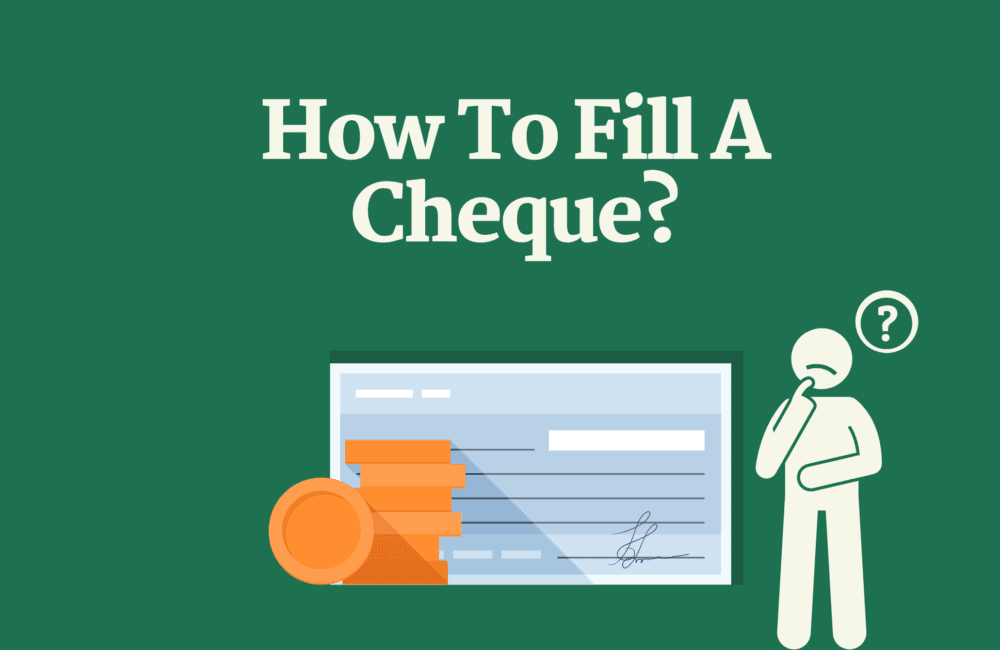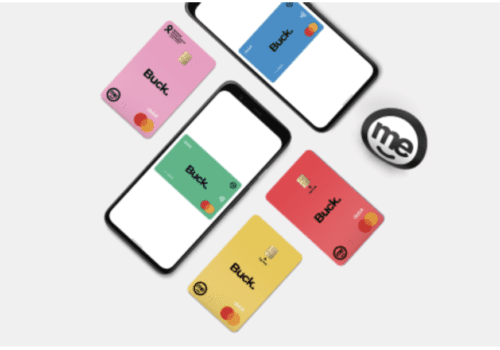What Is A Cheque?
A cheque is a document drawn out by a customer to make a cashless transaction. This instructs the bank to withdraw the mentioned amount from the customer’s account and deposit it into the mentioned person’s or organizations’ account on the specified date. In today’s world, there are many other cashless ways of making a payment, like an internet banking, mobile wallets, UPI, etc. However, cheque transactions are still quite prominent and accepted modes of payment. Here’s the process of cheque filling:
How To Fill A Cheque?
Let us find out the process of cheque filling in five easy steps:
Step 1: Enter Name
Writing the name of the person or the organization. This step of cheque filling needs extra attention. Before writing this on the cheque, make sure you have the correct information with you.
This step of cheque filling must include the person’s complete name, first name, last name, and middle name if needed. In the case of an organization, you will need to write their full company name, instead of writing acronyms, unless mentioned otherwise.
If this is a bank-to-bank transfer, then always put a double-cross line on the left top corner of the cheque and write ‘A/C Payee’.
Once the complete name has been written, add a running line to prevent anyone from tampering and adding more names or alphabets at the end.
In case you want to make a payment to the bearer of the cheque, in this process of cheque filling, then in that case you need not put a double line and no need to write ‘A/C payee’ either. Please keep in mind that anyone who bears such a cheque can withdraw the amount mentioned on it.
Step 2: Date Of Withdrawal
This is on the top right corner of the cheque. The date format is DDMMYYYY, which means that you have to write the day followed by the month and then finally the year.
For example, if you want to write on 6th August 2021, then this will be 06082021 on the cheque.
This primarily is the date when your cheque can be deposited, so this can be today’s date or any later date than today’s. Such cheques are called post-dated cheques.
Please verify the date correctly to ensure that the payee does not deposit the cheque before the aforementioned date on the cheque.
Step 3: Amount In Numbers
Mentioning the amount to be paid in numbers is a very vital piece of information on the cheque and is an important part of the cheque filling process.
This needs to be written clearly inside the rectangular box with ‘Rs.’ Or ‘₹’ in it.
Once the amount is written, make sure you put ‘/-‘ at the end of the amount.
This is to ensure that nobody adds any extra numbers at the end, to change the amount.
Step 4: Amount In Words
The next step of cheque filling is to write the amount to be paid in words.
This is to avoid any confusion about the amount that is mentioned in the numbers.
Once the complete amount is written in words, add a running line to prevent anyone from tampering and adding unnecessary words or alphabets.
Step 5: Signature
Once all the information of cheque filling has been entered and verified, the issuer must sign the cheque. This is the bottom right corner, just above your name.
A cheque without a signature is not considered valid and does not get cleared by the bank.
Also, if the signature provided by the issuer on the cheque does not match with the signature available with them in their documents, then also the cheque fails to clear and does not get deposited in the payee’s account.
So, extra vigilance is required while carrying out this step of cheque filling.
Recommended: What are Duplicate Checks?
Frequently Asked Questions
What Is The Maximum Time For Withdrawing A Cheque?
The time limit for a cheque is 3 months from the date of issue. However, this time can vary from bank to bank.
How Much Time Does It Take For A Cheque To Be Cleared By The Bank?
In India, the time taken for cheque clearance is 3 to 5 working days after the cheque has been deposited. Until the cheque is cleared, the amount does not get deposited in the t0 payee’s account and hence cannot be withdrawn from the account. There are cases when the cheque clearance can be expedited by the customer, where the bank can charge a special clearance fee and the bank can specify the number of days it will take to clear the cheque.
What Is A Self-cheque?
As the name suggests, when the cheque issuer fills a cheque to withdraw money for himself/herself, it’s called a self-cheque. The issuer will have to write ‘Self’ in Payee’s field on the cheque and sign it. All the rest of the spaces need to be filled as usual.
How Can A Cheque Be Stopped From Clearing? In Other Words, How Can One Do ‘stop Payment’ On An Issued Cheque?
The issuer will have to give an oral or written request by visiting the bank personally to stop payment. An online request can also be placed on the bank’s website and a request on the phone can also be placed. The bank will require the cheque details, like the date, cheque number, amount, etc., which need to be stopped from clearing.
Many banks charge for this service, which may range from Rs. 100 or Rs 500, depending on the number of cheques and the bank you are dealing with.
When Can A Bank Not Process Your Cheque?
There are many cases when a bank can reject or not process your cheque request.
– The issuer’s account has an insufficient balance and doesn’t allow the bank from withdrawing the amount mentioned in the cheque.
– The cheque hasn’t been filled incorrectly or incompletely, so the bank is unable to determine the vital details required to process it.
– The cheque is outdated, which means the date mentioned on the cheque is more than 3 months old.
– The issuer’s signature on the cheque does not match with their documents leading to cheque bounce.
– Illegible or overwritten cheques deposited to the bank are many times rejected.



